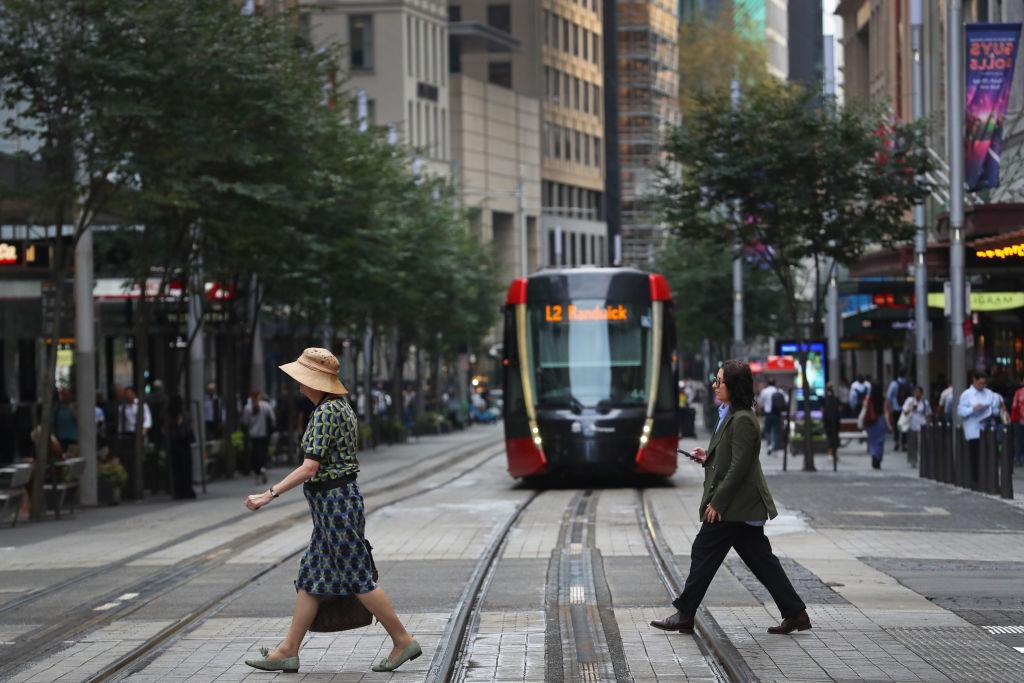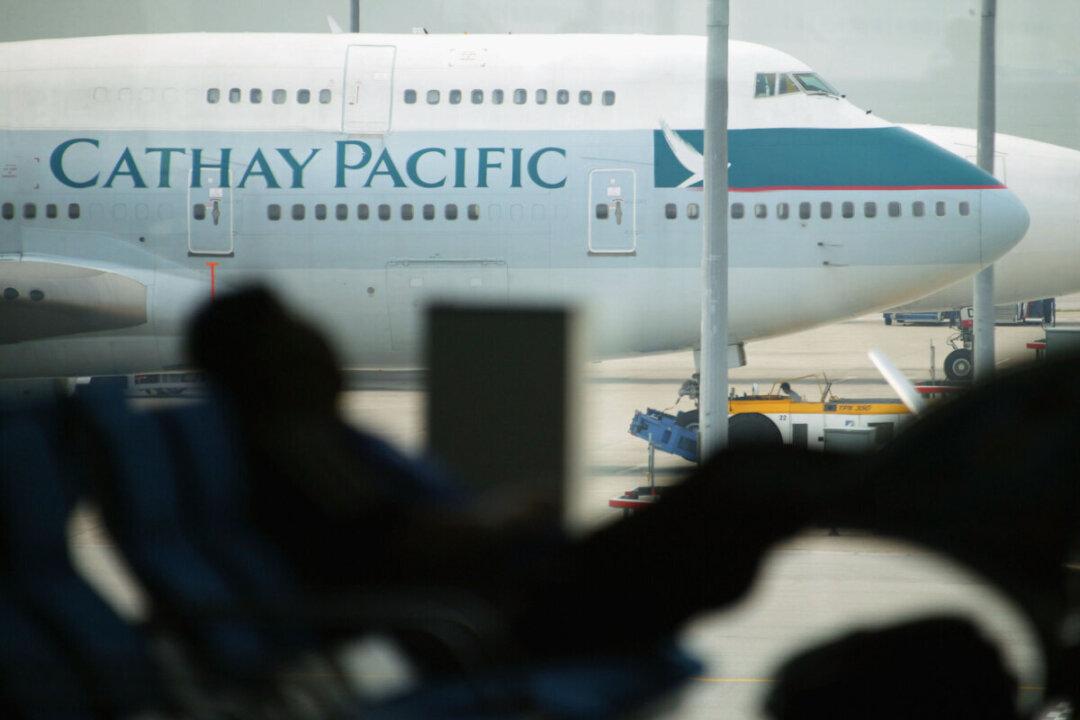Japan’s population declined for the 15th consecutive year, prompting Prime Minister Fumio Kishida to allocate as much as 3.6 trillion yen (US$22.3 billion) per year to reverse the trend, which, according to an analyst, would not be enough.
According to Japan’s Population Strategy Council, 744 of Japan’s 1,729 municipalities were “likely to vanish” by 2050 after its population decreased by more than 861,000 people.




